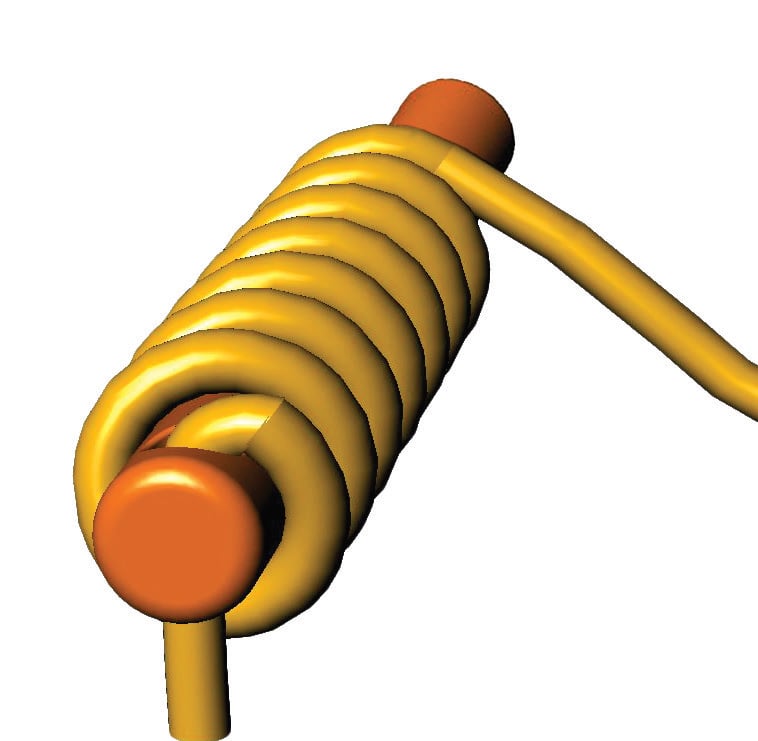How to Create a Basic Link Chain
3 Minute Read
Making a simple or basic link chain to display your pendant designs is a great way to add further value to your work, and it can be a fairly easy process. When I make my own chain, I like to use 16 gauge (1.3 mm in diameter) wire. This gauge of wire makes a good medium weight chain that can be used for a necklace or a bracelet. Regardless of the wire gauge you choose, I recommend starting with dead soft wire. Most suppliers will provide it this way by request. If not, then you will need to anneal it before you start.
In addition to wire, you'll also need a metal mandrel or rod to shape the wire around. While you can use any metal, brass rods are easy to find at hobby shops. The diameter of the rod you use will determine the size of the links; the bigger the rod you use, the bigger the links will be. For this project, I am using a 4 mm rod to create a nice cable chain.
Joel McFadden is a third-generation jeweler and he currently is the owner of The Art of Jewelry by Joel McFadden, a custom design jewelry boutique in Red Bank, New Jersey.
The award-winning Journal is published monthly by MJSA, the trade association for professional jewelry makers, designers, and related suppliers. It offers design ideas, fabrication and production techniques, bench tips, business and marketing insights, and trend and technology updates—the information crucial for business success. “More than other publications, MJSA Journal is oriented toward people like me: those trying to earn a living by designing and making jewelry,” says Jim Binnion of James Binnion Metal Arts.
Click here to read our latest articles
Click here to get a FREE four-month trial subscription.
You assume all responsibility and risk for the use of the safety resources available on or through this web page. The International Gem Society LLC does not assume any liability for the materials, information and opinions provided on, or available through, this web page. No advice or information provided by this website shall create any warranty. Reliance on such advice, information or the content of this web page is solely at your own risk, including without limitation any safety guidelines, resources or precautions, or any other information related to safety that may be available on or through this web page. The International Gem Society LLC disclaims any liability for injury, death or damages resulting from the use thereof.
The All-In-One Jewelry Making Solution At Your Fingertips
When you join the Ganoksin community, you get the tools you need to take your work to the next level.
Trusted Jewelry Making Information & Techniques
Sign up to receive the latest articles, techniques, and inspirations with our free newsletter.



